Must you be of a certain political stripe to do community-based theater?
This series on political ideologies in the theater grew out of Caleb Winebrenner’s article responding to Daniel Jones’ post. Each writer was invited to respond to the intersection of political ideology and art in their work.
Difference, political or otherwise, is a precondition of dialogue, a value of much community-based theater; no community is monolithic. The Animating Democracy initiative used arts-based-civic-dialogue to stimulate exchange around issues that were “contested by various stakeholders, eliciting multiple and often conflicting perspectives.” Dell’Arte, for example, created Wild Card, about the mixed impact on their town of the casino local Native Americans opened, using dialogue with multiple factions to build the play.
In the quintessential technique of community-based theater, the story circle, people in a circle, one-by-one, tell personal stories in response to a prompt. Because the stories are grounded in personal experience, they can’t be “wrong.” To respond to someone else’s story, including a political perspective it bespeaks, someone in the circle tells another first-person story.
That said, many community-based theater makers are of a particular political stripe; that is, project participants often share a political perspective… but not the same politics in every case. “Community” suggests commonality, based in geography (which often means the same economic class), spirit, circumstances, or tradition that may align with a political point-of-view. Communities that oppose reproductive choice, for example, use theater to promote their message; anti-abortion street acts occur outside women’s health clinics initiated largely by self-named “right-to-lifers” who tend to be a particular subset of Republicans. Religions use theater forms such as pageantry to promote their politics, which tend to be top down. So to Daniel Jones’ question if there is a conservative voice in the theater—yes there is, if you count everywhere theater takes place.
To the extent that politics puts particular policies into effect that govern our lives, art that publicly envisions alternative arrangements of power is political. But what one imagines could reflect any politics. The Nazi Nuremberg party rallies tragically and effectively used performance to support the translation of their imagined utopia into reality. Healthy, orderly soldiers, farmers, and traditionally garbed women reinforced the image of Teutonic people as the heirs to the earth presenting a stark contrast with starving people in concentration camps as vermin to be stamped out.
So to Daniel Jones’ question if there is a conservative voice in the theater—yes there is, if you count everywhere theater takes place.
Then, too, there is a difference between political parties and politics. Numerous twentieth century leftist political theaters were aligned with political parties—Myerhold and Brecht, Cuban and Nicaraguan revolutionary collectives, and Augusto Boal when he served as a city councilman representing the Workers Party in Rio de Janeiro (1). But Brecht, a committed Marxist, critiqued art policy in post-war East Germany, writing, “It’s not the job of the Marxist-Leninist party to organize production of poems as on a poultry farm. If it did, the poems would resemble one another like so many eggs" (2). And the core of Boal’s Theatre of the Oppressed (TO) is overcoming oppression, no matter the person’s party affiliation or lack thereof. TO’s politics are manifest in its theory of change: people facing oppression must proactively struggle to overcome it. Oppression is not party-specific, as evidenced in its occurrence in politically diverse families, religious and educational institutions, and workplaces.
Theater has sometimes aligned with politics through social movements. In the 1960s, the San Francisco Mime Troupe embraced the free speech movement in the Bay area, Bread & Puppet reached crowds through its anti-Vietnam War parades and performances, El Teatro Campesino was a cultural wing of the Chicano Movement, as was the Free Southern Theater of the civil rights struggle in the south, and It’s Alright to be a Woman Theatre was actively involved in struggles for women’s liberation. These companies are associated with left-of-center politics although surely not all advocates of these companies voted democratic.
Participation, not party affiliation, is necessary to do community-based theater. Murray Bookchin (who Winebrenner identifies as a libertarian) distinguishes politics from statecraft “in the Hellenic sense of wide public participation in the management of the municipality" (3). A left-of-center party may be most aligned with artists committed to translating participation in theater to participation in government-based politics. But many people are skeptical of looking to government to further social arrangements. Peter Marcuse notes the challenge facing the Occupy movement to go “beyond Zucotti Park” (in the book of that name), doubting that elected officials will “fix” the lack of agency most people experience in the polis. Many occupiers have transported their work not to party politics but to other contexts, such as neighborhood-based, post-hurricane Sandy recovery in NYC.
I want to end with the beginning of Winebrenner’s piece—citing Daniel Jones on the dearth of right-wing playwrights. First, community-based theater does not situate any playwright at the center of theatrical creation. More typical is a collective approach to creating plays, artistic expression since the 1960s of participatory democracy taking hold in social movements and still the modus operandi of many ensemble companies. In collective creation, actors are creators as well as interpreters. This is a political move in expanding agency, from the writer and director to the actors. There’s a direct line from actors participating in play building to erstwhile spectators being core sources in community-based theater. Collective creation and community-based theater send a message that a great many people’s experiences and perspectives are worthy of inclusion in a play.
But be it the playwright’s domain or not, theater is often a platform for people without access to expression elsewhere. For some years, a right wing agenda has had plenty of opportunity to reach the public whereas more progressive ideas have not.
A space for imagining must not be expected to align with any party platform, no more than we should be expected to control our dreams.
Notes

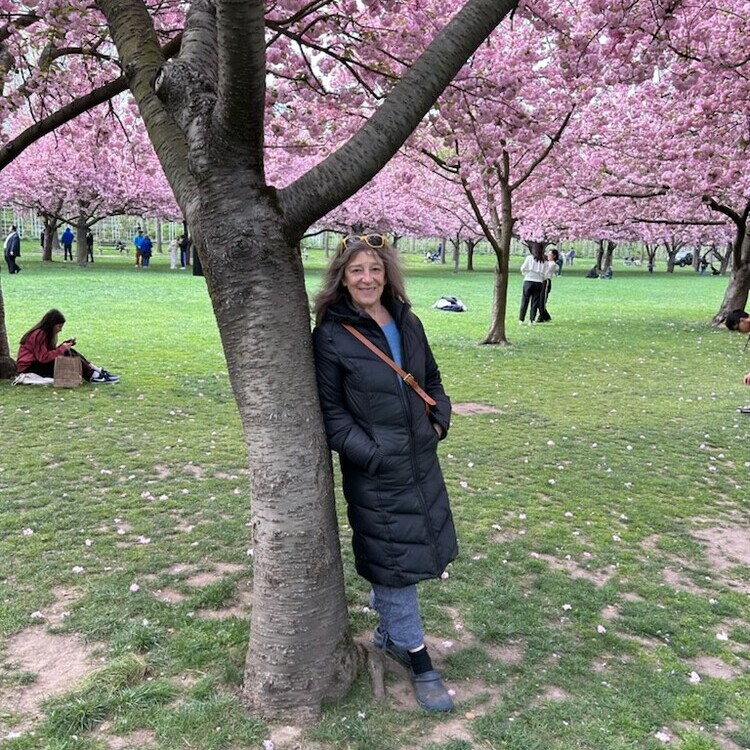
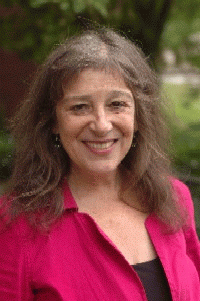
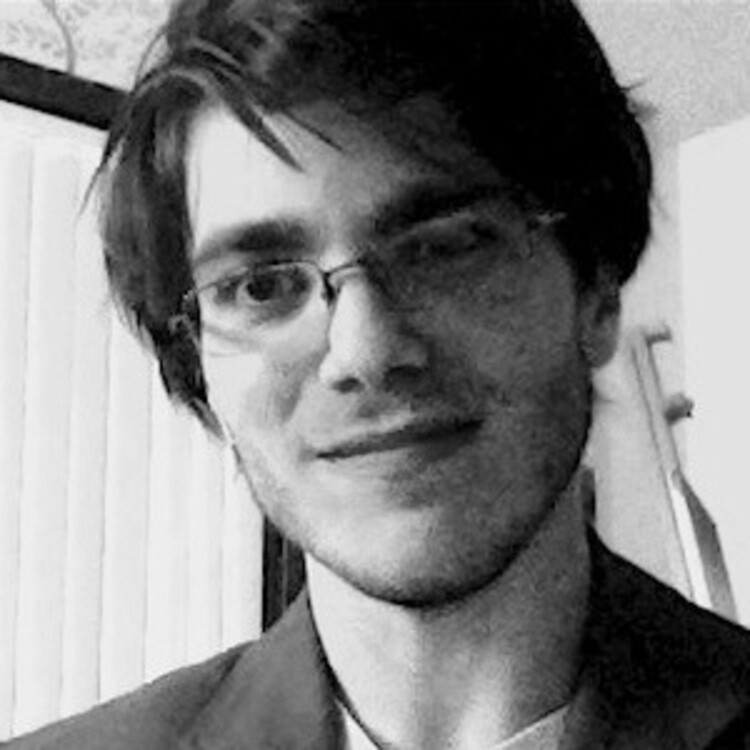
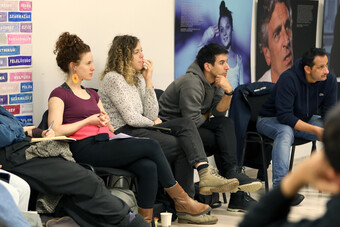


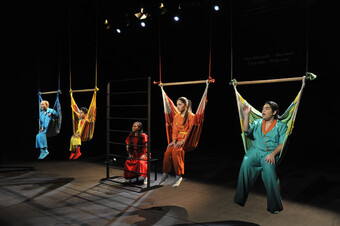


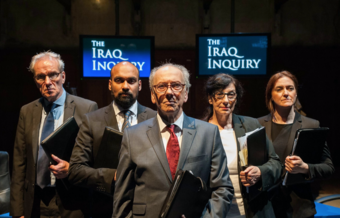



Comments
The article is just the start of the conversation—we want to know what you think about this subject, too! HowlRound is a space for knowledge-sharing, and we welcome spirited, thoughtful, and on-topic dialogue. Find our full comments policy here
The core of Boal’s Theatre of the Oppressed (TO) is overcoming oppression, no matter the person’s party affiliation or lack thereof. TO’s politics are manifest in its theory of change: people facing oppression must proactively struggle to overcome it. Oppression is not party-specific, as evidenced in its occurrence in politically diverse families, religious and educational institutions, and workplaces."
Yes!! Thank you for bringing this to my attention. I have seldom if ever heard my approach to (and purpose for) writing put more clearly.
And it is why I sometimes (albeit hesitatingly) refer to myself as a libertarian writer: for to me, the libertarian movement is about understanding how the establishment party (both left and right halves) oppresses people (often in ways they don't even realize) to benefit the (relative) few (such as the military-industrial or prison-industrial complex).
Alas the party, being made up of people who (like all people) have their personal axes to grind, sometimes strays far from this ideal... making me hesitant to associate with it too closely. Plus, as the author said, "a space for imagining must not be expected to align with any party platform, no more than we should be expected to control our dreams."
I am therefore delighted that I finally have a way of describing what kind of writer I am: neither liberal or conservative, but a "Boal T O"!
this is a beginning of the really difficult conversations that most community based artists are faced with- how to connect to those elements/personas who are NOT our political allies. In order to make our work deeper and fully meaningful we have to be willing to invest our time and energies in unfamiliar spaces and with alternate voices. thanks for the reminder ..